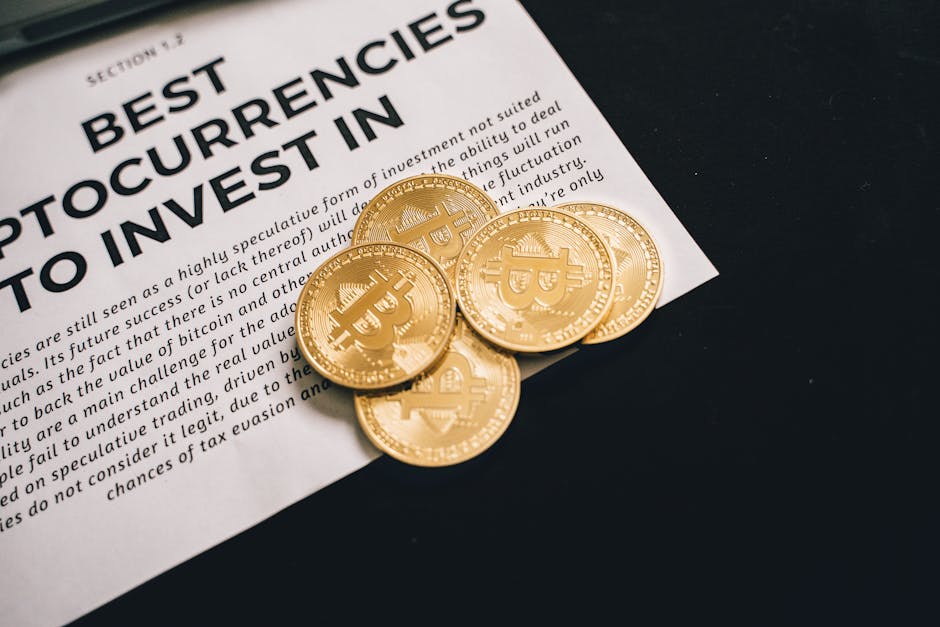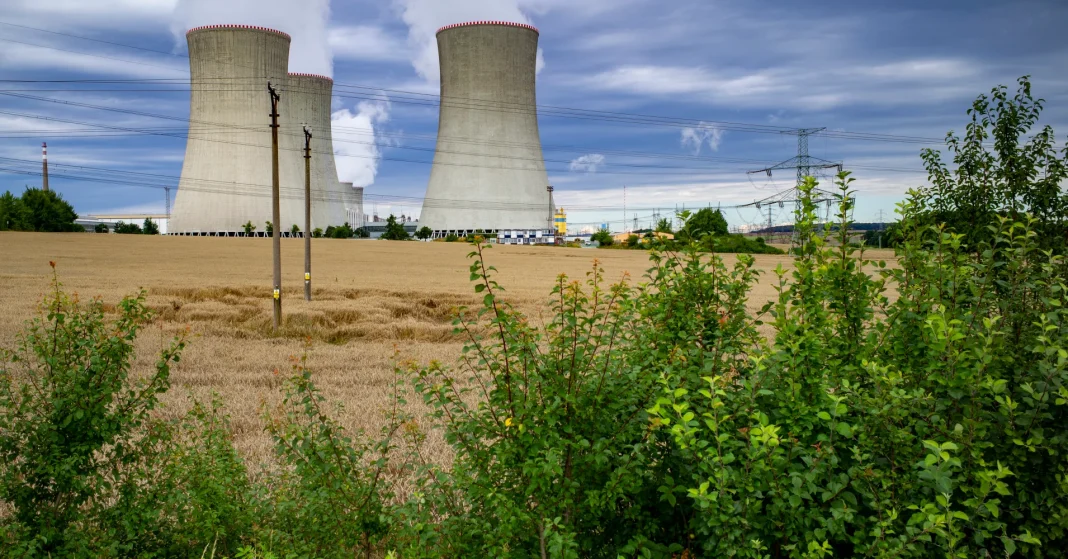The global push for sustainable energy sources has brought the spotlight back on nuclear power, positioning it as a pivotal player in addressing the world’s growing energy demands. By 2050, experts foresee a tripling of nuclear power generation, indicating a significant shift towards this sustainable energy source.
The Resurgence of Nuclear Power

As the world grapples with the urgent need to transition away from fossil fuels, nuclear energy has re-emerged as a viable solution. Unlike renewable sources like wind and solar, nuclear power offers a continuous and reliable energy supply that is not dependent on weather conditions. The technological advances in nuclear reactors now promise higher safety standards and efficiency, making nuclear a more attractive option for governments looking to ensure energy security.
Moreover, the advent of small modular reactors (SMRs) presents an innovative approach to nuclear power generation. SMRs offer flexibility in energy production and can be deployed in smaller grids, providing a scalable solution to meet local energy needs. This adaptability is crucial for integrating nuclear power into diverse geographic and economic contexts.
Sustainability and Environmental Impact

Nuclear energy’s role in reducing carbon emissions is a central argument for its expansion. As it produces minimal greenhouse gases, increasing nuclear power generation is vital to achieving global climate goals. Even though nuclear waste disposal presents challenges, advances in technology are working towards efficient waste management solutions.
Furthermore, ongoing research into fusion energy, often termed the ‘holy grail’ of nuclear power, holds the promise of virtually limitless and clean energy. While still in the experimental phase, success in this area could revolutionize how nuclear power contributes to a sustainable future.
Economic Implications and Global Investments

The nuclear industry’s growth is expected to stimulate economic development, creating jobs and encouraging investment in infrastructure. Countries like China, France, and the United States are already leading investments in new nuclear projects, outlining ambitious plans to expand their nuclear capabilities.
International collaboration is also crucial, as sharing technology, safety standards, and best practices can drive the global nuclear renaissance. Organizations like the International Atomic Energy Agency (IAEA) play a pivotal role in facilitating these partnerships and ensuring nuclear power’s safe and efficient expansion across borders.
Regulatory and Safety Considerations

Nuclear power expansion requires stringent regulatory frameworks to manage communal concerns about safety. Lessons learned from past nuclear incidents have led to robust safety protocols aimed at preventing accidents. Public perception of nuclear safety is paramount, and transparent communication from authorities is necessary to foster trust and acceptance.
Governments must also address the aging infrastructure of current nuclear plants. Upgrading these facilities not only extends their operational life but also ensures compliance with modern safety standards. This proactive approach will be essential as the world moves towards a nuclear-intensive energy future.
In conclusion, as the urgency to combat climate change intensifies, nuclear power emerges as a critical component of the global energy transformation. By harnessing new technologies and fostering international cooperation, the vision of tripling nuclear power generation by 2050 becomes an achievable and sustainable reality.





